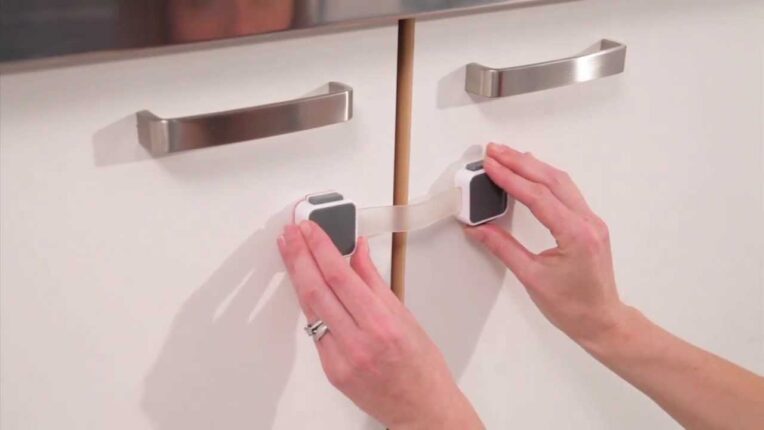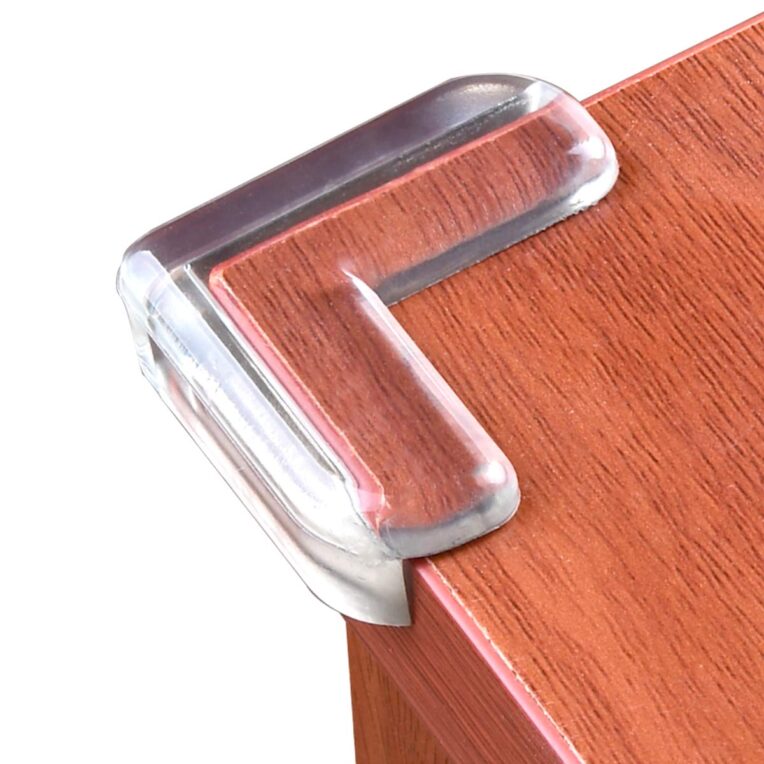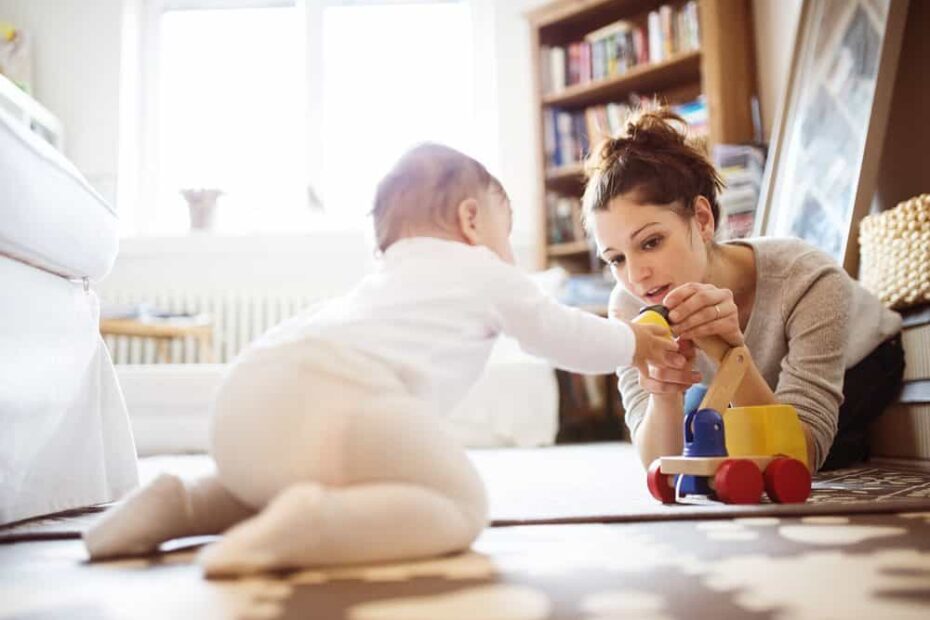Are you expecting a baby in a month or two? Then before they get out and live in your home, preparing yourself and your place is both essential not only for you but also for the baby. Therefore, baby-proofing is crucial in making your home safe and comfortable for your little angel as they continue to grow in the coming years. And as a parent or soon-to-be parents, we all know that children’s safety is our top priority.
You can start by decluttering your home and putting away potential unfriendly stuff to your kids by placing them in some storage system that you can find on Storables.com. But if you want to make a much safer environment for children, here are some other incredible ways to make your house a haven of safety for your kids.
Contents
1. Put Away Toys for Older Children
Yes, you heard it right. Every toy has a recommended age range that you can commonly see on its label, which you must follow to avoid unintentional injuries. Toys with small parts, battery-operated toys, and marbles or small balls can be a choking hazard for those little angels.
As new parents, you should remember that babies discover the world using their mouths, so any toy or small object can be a choking risk for your baby. The best thing here is that you do not need to spend any penny on this baby-proofing tip.
2. Use Safety Locks and Latches

When your child starts to crawl and stand up, there might be a big chance that they would open some drawers and cabinets accessible to them. They might end up touching or playing with things that may cause them danger.
So to resolve this, purchasing and using some safety locks and latches is a must to prevent them from reaching your off-limits items for little children. Buying this is a much more affordable cost you must pay instead of paying a visit to your kid’s doctor.
3. Protect Plug Outlets
According to the National Fire Protection Association, up to 12 children lose their lives annually from sticking items or their fingers into electrical outlets. So leaving your power socket open might give your child a chance to examine it and even be tempted to insert their fingers into it out of curiosity.
One of the affordable solutions is using safety socket covers to protect power outlets when not in use and always supervising your child when they play around your house.
4. Use a Baby Gate
Using a baby gate might be self-explanatory, but this baby-proofing house equipment is a good choice for parents who want to ensure the safety of their children. Installing this at the entry and exit of the staircase can prevent your child from stumbling on it, and it also works well in rooms such as bathrooms and kitchens to block their way on off-limits spaces for children in your house.
5. Install Corner Covers on Your Furniture

It only takes a few months until your baby slowly learns to walk and run, and it also means that by this time, they are more prone to stumble or bump any part of their body against the edge of your home furniture. Injuries like this might bring bruises or even wounds to your little child if ignored.
So instead of buying new rounded pieces of furniture that might cost you a lot, installing edge guards on them is a much cheaper way to ensure your child’s safety. Now with these corner covers, accidents that can hurt severely can be prevented.
6. Use Stove Knob Covers
Children always love to watch and experience the things they see in grown-up people like their parents. But some adult chores like cooking on a stove can be dangerous for them and the whole household.
But let’s face the fact that children love to open our stoves! To resolve this, getting a knob cover is an essential safety feature that your kitchen should have. You can buy these covers at the nearest market and available in online stores. For the security it gives, this item is definitely worth its price for only a few bucks.
7. Get Door Stoppers
There is a big chance that your child might find themselves accidentally locked in a room while exploring your home. They might also injure their fingers when they accidentally close a door without knowing it. That is why a door stopper is a piece of must-need equipment to make your home a genuinely safe place for your children. You might think twice about having this but remember that the safety of the kids is the utmost priority as a parent.
8. Do Not Use Tablecloths Among Table Furniture

Tablecloths can be a hazard for babies and toddlers and can easily be pulled down, resulting in broken dishes and glasses. Additionally, tablecloths can provide a choking hazard if left within reach of a baby or toddler. Tablecloths also collect dust and other allergens, irritating a baby’s respiratory system. It is best to avoid using tablecloths on any pieces of furniture in a room that is being baby-proofed. Instead, opt for placemats or coasters to protect surfaces from spills and scratches.
9. Invest in Thick, Well-cushioned Carpets
When you think of baby-proofing your home, you might consider many other things to prioritize. But one place you might not think of to baby-proof is your flooring. If you have hardwood floors or tile, when your baby starts crawling, they will spend a lot of time on their hands and knees. That’s why it’s essential to invest in thick, well-cushioned carpets.
Not only will they help to protect your baby’s knees from the hard floor, but they’ll also help to absorb any falls. And if you have a baby who’s starting to walk, cushioned carpets can help to prevent slips and falls. So when you’re baby-proofing your home, don’t forget about your flooring. Invest in thick well-cushioned carpets to help keep your little one safe.
Final Thoughts

Baby-proofing your home can give you some peace of mind and less stress, preventing or minimizing the dangers your child might accidentally suffer inside your home. But remember, to ensure the utmost safety of your kids, nothing beats the selfless love, care, and supervision of the parents of their children.
